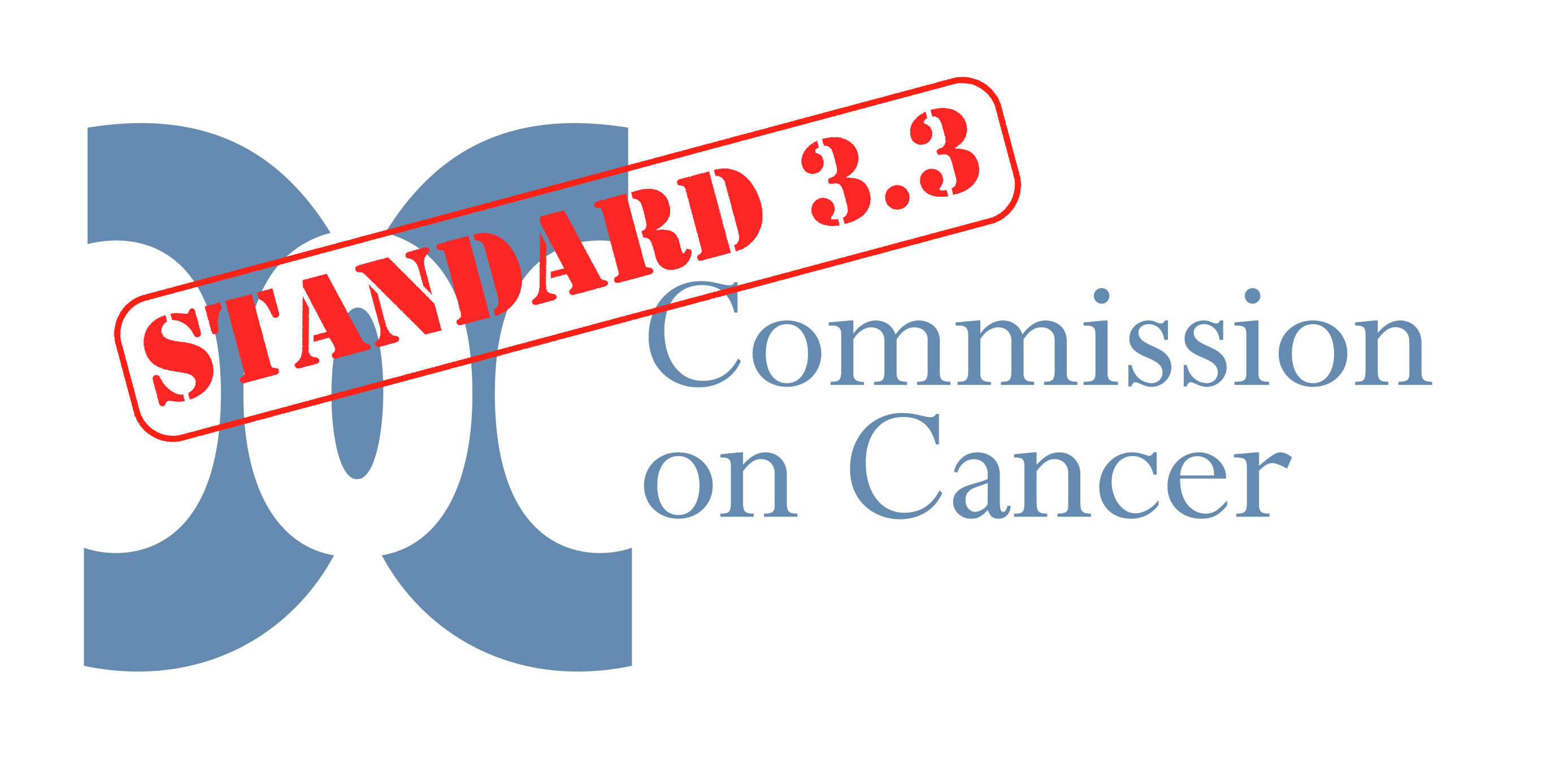
The Commission on Cancer (CoC) Standard 3.3: Survivorship Care Plan became effective January 1, 2015. Like most cancer programs, your center may be working quickly to put a process in place to ensure that patients receive care plans after completing active cancer treatment. The CoC standard describes how survivorship care plans will, in the near future, be required for all cancer survivors, and how care plans are much more complex than a simple printed patient education handout. You may ask… “Who has time to develop a comprehensive care plan for each patient and how will cancer centers accomplish this large task?” Oncology nurse practitioner, Carrie Tilley, explains in 6 steps how to address these challenges.
6 Steps to Meeting the CoC Survivorship Standard
To help answer these questions, and to help you avoid reinventing the wheel, we offer these six steps:
- Choose a survivorship trailblazer who is – or can quickly become – up to date with the CoC standard, and who can gather the pertinent stakeholders necessary to agree on a process for implementing care plan delivery at your center. Support this trailblazer with opportunities to learn from and network with others in the field, so your center can benefit from their experiences and avoid having to learn the same lessons firsthand! Note: A recent post facilitating this kind of information exchange was on the ACCC blog.
For details about the requirements click here. - …Your trailblazer will then…
Educate the decision makers, primary treating providers, administrators, all of your clinical and non clinic staff including social workers, dietitians, navigators, palliative care team, psychiatry department, rehab department and designated IT specialists about the standard. This will help engage champions – who can emerge from the most unexpected places – in overcoming the challenges to meeting the standard at your center. - Choose a model or process to guide your team, such as the PLAN-DO-STUDY-ACT. Models like this are especially useful since they underline ‘perfection as the enemy of good’ and emphasize continuous improvement through iterative action, evaluation, reflection, and more action! They also highlight “starting where you are” based on an internal assessment of resources and challenges.
- Decide upon your care plan delivery model(s). Will you have a free-standing survivorship clinic? An integrated model where SCPs are delivered by patients’ primary cancer? A group model? Some combination of the above? And … Who will deliver the care plans? MDs? Nurses? Navigators? APPs? (see step 6 for business implications)
- Choose the care plan tool that best fits your delivery model(s), and choose a tool that can grow as you grow! Consider the following as you make your choice:
- How will your SCP content be generated and maintained?
- Who will be gathering the treatment summary information and how? Can data be pulled from the cancer registry or the EMR?
- How will the surveillance and late effects content be generated and maintained? How can you ensure this content is evidence-based and up-to-date?
- Does the tool enable you to build in your own preferred resources that are available in-house, locally and nationally (and are outlined as requirements in the CoC standard)?
- Research your options! Some EMRs have resource libraries where clinicians can share content they have developed. Electronic offerings by Carevive Health (www.onqhealth.com), Journey Forward, and LIVEStrong/Oncolink are available, but vary widely in the degree of manual entry required, as well as the ability to reflect a centers unique needs and resources.
- Do your homework … and talk to others before making a decision. I chose Carevive Health because it personalizes content to the individual patient, rigorously maintains evidence-based, up-to-date content, allows me to include my favorite resources, and tracks care plan delivery and outcomes.
- How will your SCP content be generated and maintained?
- Create a business plan to ensure sustainability of care plan delivery. Identify who will be reviewing the care plan with the patient and how that time will be , and/or model and track how non-billable time creates other efficiencies or revenue opportunities. Learn about new coordination of care billing codes. Have your business plan approved by decision makers.
To learn more from experts in the field on how they have used these and other steps to meet accreditation standards, participate in our webinar on March 6. Also check back in – our future newsletters will dive deeper into each of the step above to share practice strategies for survivorship care plan implementation!
Oncology nurse practitioner and cancer survivorship program champion, Carrie Tilley, works at the George Washington University Medical Faculty Associates in Washington DC, which is using the Carevive Care Planning System™ to deliver Survivorship Care Plans. Please feel free to contact Carrie Tilley with questions at ctilley@mfa.gwu.edu.
How are you implementing survivorship care plans in your workplace? We’d love to hear your feedback on the comments section below!



